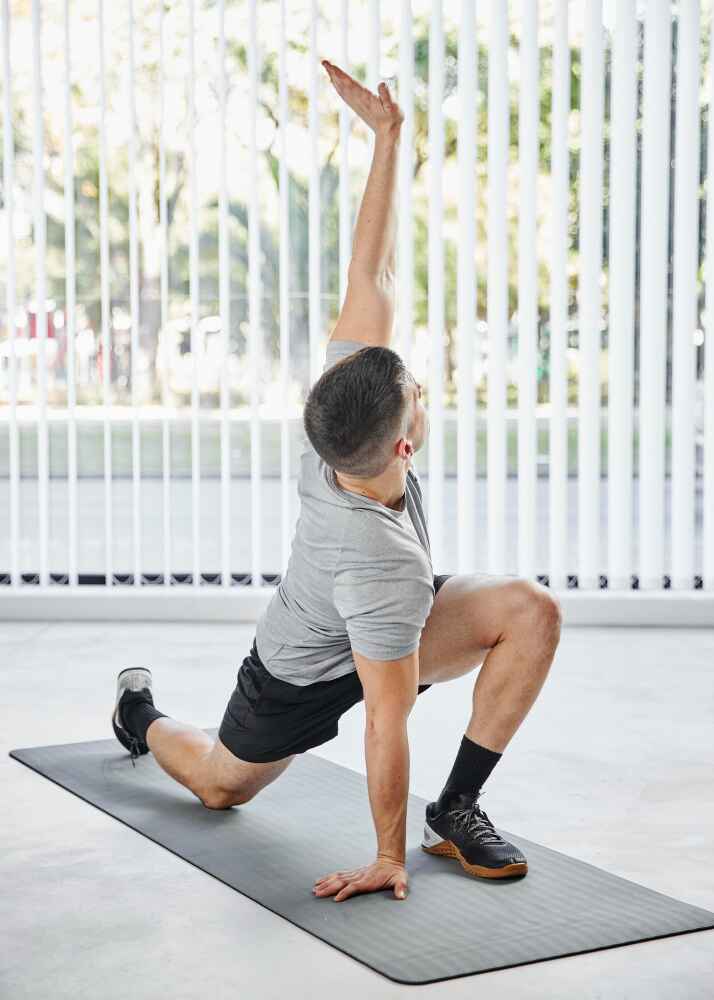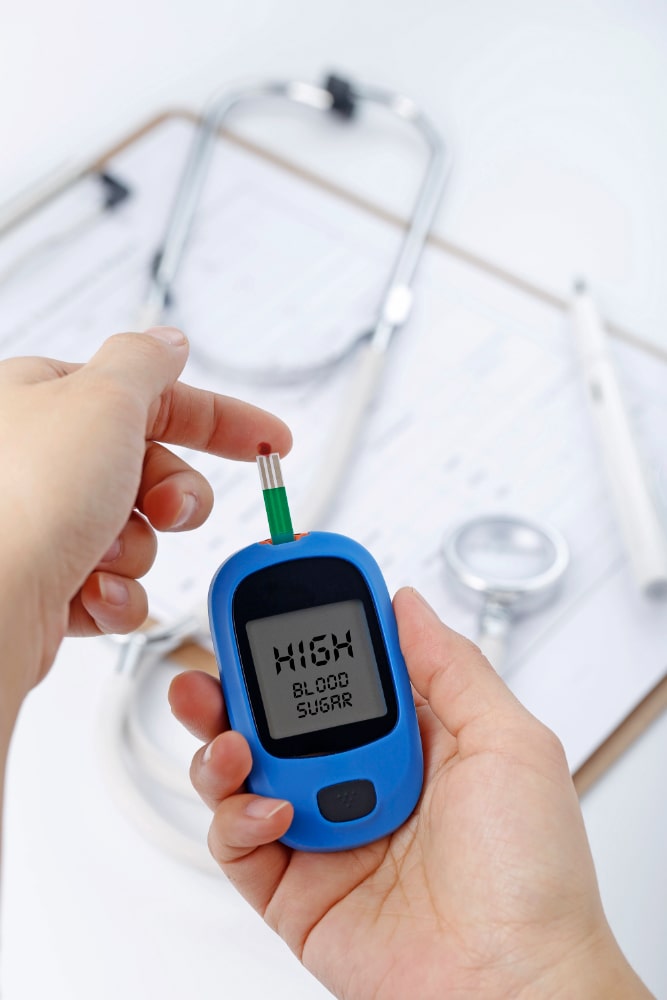Top 10 Stretches and Moves for Hip Pain Relief | American Hospital
Introduction: Understanding Hip Pain and Why Movement Matters
Hip pain is a common issue affecting people of all ages—from young athletes to older adults. Causes range from prolonged sitting and sports injuries to poor posture, arthritis, or everyday habits like carrying heavy bags on one side.
Your hip joints are some of the largest and key joints in your body. They support your weight, allow movement of your legs and maintain balance. If your hip joints get stiff or sore, even the simplest daily activities, like climbing up stairs or getting out of bed, can be a struggle.
The good news? In many cases, gentle stretching and strengthening exercises can ease discomfort, improve flexibility, and prevent future problems. These exercises loosen tight muscles, boost blood circulation, and strengthen the surrounding muscles for better support.
If your hip pain is severe, lasts for more than a few days, or results from an injury, consult a healthcare professional before attempting any self-treatment. At American Hospital, home to some of the best doctors in Qatar and offering advanced physiotherapy, our experts provide safe and effective treatment options.
Top 10 Hip Stretches and Moves for Pain Relief
1. Seated Butterfly Stretch
Benefits include improved flexibility, hip opening, and groin and inner thigh stretches.
How to do it:
Sit on the floor with your back straight.
Drop your knees outward and bring the soles of your feet together.
Gently press your knees toward the floor while holding your feet.
Hold for 20–30 seconds; repeat 2–3 times.
Tip: To prevent straining your lower back, move your hips forward instead of pushing your chest forward.
2. Kneeling Hip Flexor Stretch
Benefits: Relieves tightness in hip flexors, often caused by long hours of sitting.
How to do it:
Kneel on your right knee with your left foot in front at a 90-degree angle.
Push your hips forward gently while maintaining a straight back and an engaged core.
Hold for 20–30 seconds, then switch sides.
Tip: Focus on moving your hips forward, not arching your back.
3. Modified Pigeon Pose
Benefits: Deep stretch for the hips and glutes; great for easing lower back tension.
How to do it:
Start on all fours or in plank position.
Bring your right knee forward behind your hands, shin at an angle.
Keep your hips square and extend your left leg back.
Lean forward for a deeper stretch and hold 20–40 seconds per side.
Tip: If the stretch is too painful, place a cushion beneath your hips.
4. Figure-Four Stretch
Benefits: Reduces tension in the lower back and targets the outer hips.
How to do it:
Lie on your back with knees bent.
Make a "4" with your right ankle crossed over your left knee.
Gently draw your left thigh toward your chest.
Hold for 20–30 seconds, and switch sides.
Tip: Keep your head and shoulders relaxed on the floor.
5. Standing Quad and Hip Stretch
Benefits: Stretches the front thigh and hip muscles, especially for runners.
How to do it:
Hold onto a chair or wall for balance as you stand tall.
Bring your heel up to your glutes by bending your right knee.
For 20 to 30 seconds per leg, hold your ankle and gently pull.
Tip: Keep your knees close together to avoid strain.
6. Side-Lying Leg Lifts
Benefits: Strengthens hip stabilizers, improving balance.
How to do it:
Lie on your side with legs straight.
Slowly raise your top leg and then carefully lower it.
Repeat 10–15 times per side.
Tip: Keep movements slow and controlled for the best results.
7. Cat-Cow Stretch
Benefits: Increases mobility in the spine and hips, reducing stiffness.
How to do it:
Place your hands beneath your shoulders and your knees beneath your hips while on all fours.
Inhale, arch your back like a cat.
Lift your head and tailbone, exhale, and dip your back.
Repeat 10–12 times.
Tip: Match each movement with your breathing.
8. Glute Bridge
Benefits: Strengthens glutes, hamstrings, and lower back muscles for hip support.
How to do it:
With your feet flat and your knees bent, lie on your back.
Lift your hips toward the ceiling, and hold for 2–3 seconds.
Lower slowly, repeat 10–15 times.
Tip: Keep your core engaged to protect your lower back.
9. Hip Circles
Benefits: Warms up the hips and improves joint mobility.
How to do it:
Stand with feet shoulder-width apart.
Place your hands on your hips and use them to form a circle.
Do 10 circles in each direction.
Tip: Only move your hips, keeping your upper body still.
10. Child’s Pose
Benefits: enhances flexibility while calming the spine, back, and hips.
How to do it:
Kneel and sit back on your heels.
Place your forehead on the floor and extend your arms forward.
Hold for 30–40 seconds.
Tip: Use a cushion under your knees if needed.
Lifestyle Tips for Preventing Hip Pain
Stay Active: Avoid sitting for long periods.
Maintain a Healthy Weight: Reduces pressure on the hips.
Wear Supportive Shoes: Keeps hips aligned.
Strengthen Your Core: Reduces hip strain.
Maintain Good Posture: Stand and sit with your back straight and shoulders relaxed.
When to See a Doctor
Seek medical help if:
Pain lasts more than a week without improvement.
You have swelling, redness, or warmth in the hip joint.
You can’t bear weight on one side.
Pain comes with fever or sudden injury.
At American Hospital, known among the best clinics in Qatar and counted among the best hospitals in Doha, our neurology and physiotherapy specialists provide advanced care. Whether you need physiotherapy in Qatar, diagnostic imaging, or expert consultations with the best doctors in Qatar, we ensure you receive a personalized treatment plan.
Conclusion
Hip pain can be limiting, but with regular stretching, strengthening, and healthy lifestyle habits, you can keep your hips pain-free for years. The exercises above are a great starting point — aim for consistency.
If your pain persists, schedule a consultation at American Hospital, one of the best hospitals in Doha, with access to the best doctors in Qatar and advanced physiotherapy in Qatar. Our team will help you identify the cause and create a safe, effective recovery plan.





